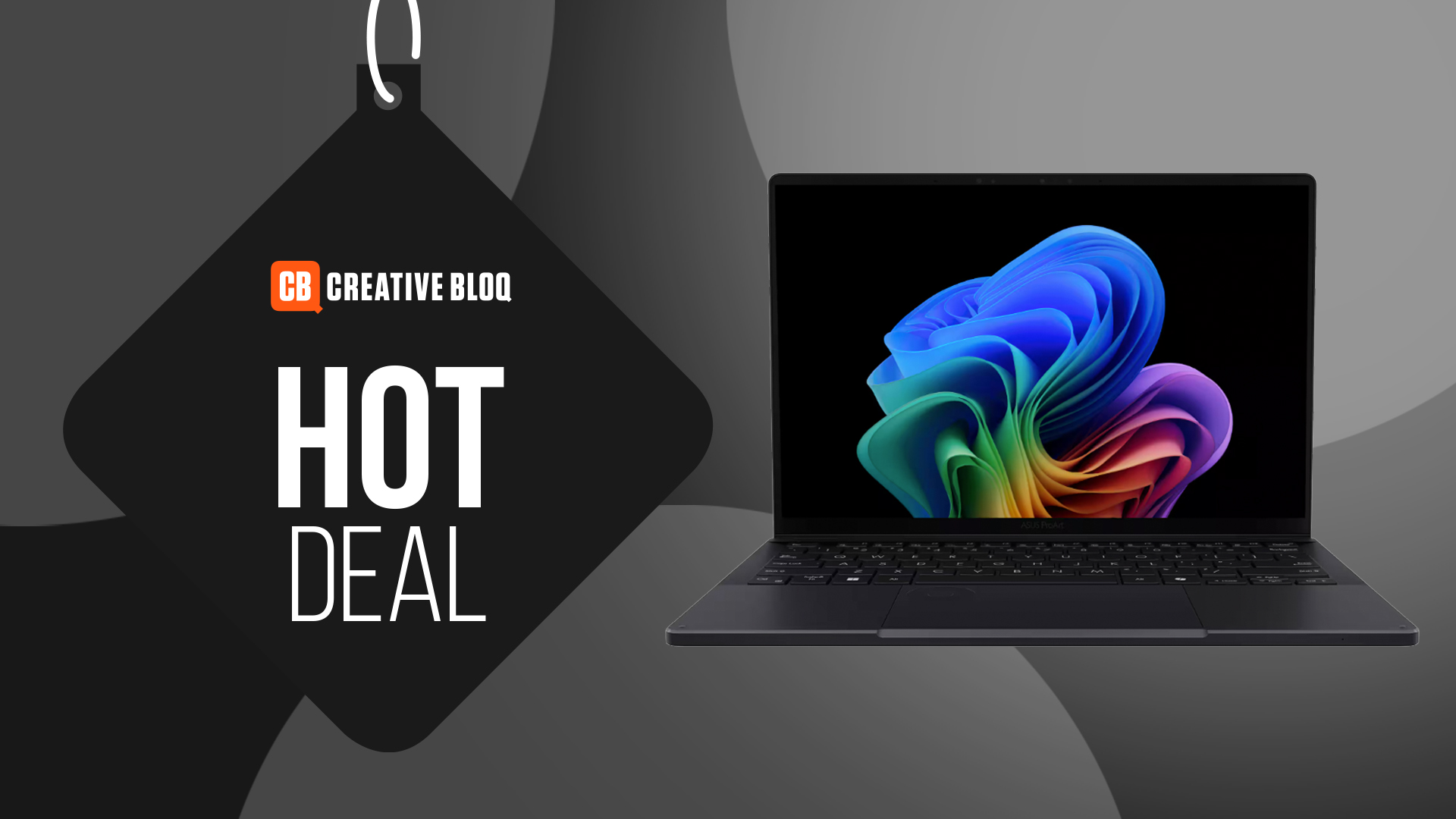Industry insight: Augmented reality becoming a reality?
Hollywood directors have been using augmented reality in film for years; but how long will it be until using AR in this way becomes a reality in today's world?
Google continues to rapidly push forward with its AR venture Project Glass, having recently secured patent on the design of augmented reality glasses. However, from reports on Google's project, there's still quite a way to go until we're all sporting the futuristic headsets.
But how do people really feel about the concept of AR? And what opportunities might this technology hold for designers? We spoke to artists from around the world to get their thoughts...
Simon Jobling says

"The concept of augmented reality has plenty of potential when it comes to design.
"It brings all the information of the Internet to a relevant contextual situation so we have to think about the organisation and availability of data. If you're creating a web app or service, is the information available through APIs? Can your data improve someone's experience in an appropriate manner?
"We laughed at the vision scenes of the Terminator, evaluating his environment in real time, but all this becomes a possibility with a Web of data accessible from a pair of glasses - or, maybe in the not-so-distant-future, contact lenses."
Simon is a British designer and online architect at Premium Choice
Jacob Cass says

"I love the thought of where we could take augmented reality, however at the moment I mostly see people using it for the sake of using it, and it always seems quite gimmicky.
Get the Creative Bloq Newsletter
Daily design news, reviews, how-tos and more, as picked by the editors.
"Just like QR codes, use and awareness of the technology is staggeringly low which limits its use in the mainstream. Once the glitches and gimmickry fades away, only then will the technology really come into the lime light."
Jacob is a graphic, logo and web designer and founder of New York-based studio Just Creative
Rob Redman says

"Augmented reality has such exciting potential, not just as a new technology in our daily lives but as a device for showcasing our work. I have already used AR apps on my phone - to find a public toilet in a strange city and to navigate my way to a cafe to meet friends.
"For these kinds of use 3D artists and designers need to be quite conservative with asset creation. It's all well and good to design beautiful hi-res signage and UI elements but they have to be either embedded in the app (hard drive space) or transmitted live (bandwidth and time). These issues mean that assets need to be created low polygon so they can be translated for the user in realtime.
"Obviously that is what AR is all about. This is all fine and dandy and we already face similar challenges in creating assets for mobile gaming which will run on devices with the lowest spec. Not everybody has a newish, high powered smart phone to run these apps on. As hard to believe as it may be, walking round a creative environment there are some slow old handsets out there and mobile distributors don't want to lose out on the money these users will invest in games and apps.
"There is always churn, with new users picking up a new handset or upgrading so this comes in cycles and it is the early adopters who are willing to pay the premium who pay for the new technologies (and gain the rewards for being there first - it must be cool, it's new).
"The second area of AR that I've seen more recently goes in a slightly different direction and takes products, such as magazines or posters and even websites and then augments these. I've seen magazine covers that have embedded code that allows a smart phone, when loaded with the correct app, to animate the cover illustration or to play a video related to a headline. This is still clumsy and in it's infancy but there are huge possibilities and once advertisers realise they can join in we will see it grow rapidly."
Rob is a 3D artist and designer. He is founder and director of Pariah Studios and also works as technical editor for 3D World Magazine
Chris Malbon says

"I personally think its brilliant, it really gives the designer the opportunity to think outside the box - literally! Having to think on all these different levels is very exciting, and this is only the start.
"Business's who invest in the technology its a win win, creating a connection with your clientele in a really cool creative way and it pushes interaction with mobile devices and tablets, its a marketeer's dream! And in turn more work for designers and developers.
"It's another string to the big future campaign's bow and brands (the clever ones) and whoever uses it will need creatives to utilise it - it could even create new roles which is a good thing in my opinion, another direction to take design."
Chris Malbon is a freelance designer and illustrator.
Nicholas Patten says

"I think augmented reality creates a new avenue for designers to get creative with.
"At the moment it's not taken too seriously, but I'm sure we'll start to see more complex creations from the designer community in the future."
Nicholas is a video editor, graphic and web designer and product manager of DirectMarkets
Antony Ward says

"Augmented reality is just another step in the digital evolution. I am all for it, although at the present it is still in its infancy and only really seems to be being used as a gimmick, or way of accessing basic information.
"I do see a day when we all wear glasses of some sort, or even contact lenses, and we use these to access our online lives as we do today with our phones. We as digital artists would come to use this as a different tool, maybe with some nifty gloves too so we can virtually sculpt and pull geometry around in a real world sense, then we would pick up a virtual brush and paint it. Although, by then we probably wouldn`t need gloves.
"More and more things would then become "virtual" until they also invent some sort of sensory feedback.
"There will come a day when our children look at us with confused faces and say "You used to use a screen?" as they get messages scrolling across their eyeballs from their friends, or are even having a video chat with them while they are supposed to be listening to you."
Antony Ward is a freelance digital artist, animator and writer.
So, that's what our designers think. But what are your thoughts on augmented reality? Let us know in the comments box below...

Thank you for reading 5 articles this month* Join now for unlimited access
Enjoy your first month for just £1 / $1 / €1
*Read 5 free articles per month without a subscription

Join now for unlimited access
Try first month for just £1 / $1 / €1
The Creative Bloq team is made up of a group of design fans, and has changed and evolved since Creative Bloq began back in 2012. The current website team consists of eight full-time members of staff: Editor Georgia Coggan, Deputy Editor Rosie Hilder, Ecommerce Editor Beren Neale, Senior News Editor Daniel Piper, Editor, Digital Art and 3D Ian Dean, Tech Reviews Editor Erlingur Einarsson, Ecommerce Writer Beth Nicholls and Staff Writer Natalie Fear, as well as a roster of freelancers from around the world. The ImagineFX magazine team also pitch in, ensuring that content from leading digital art publication ImagineFX is represented on Creative Bloq.
